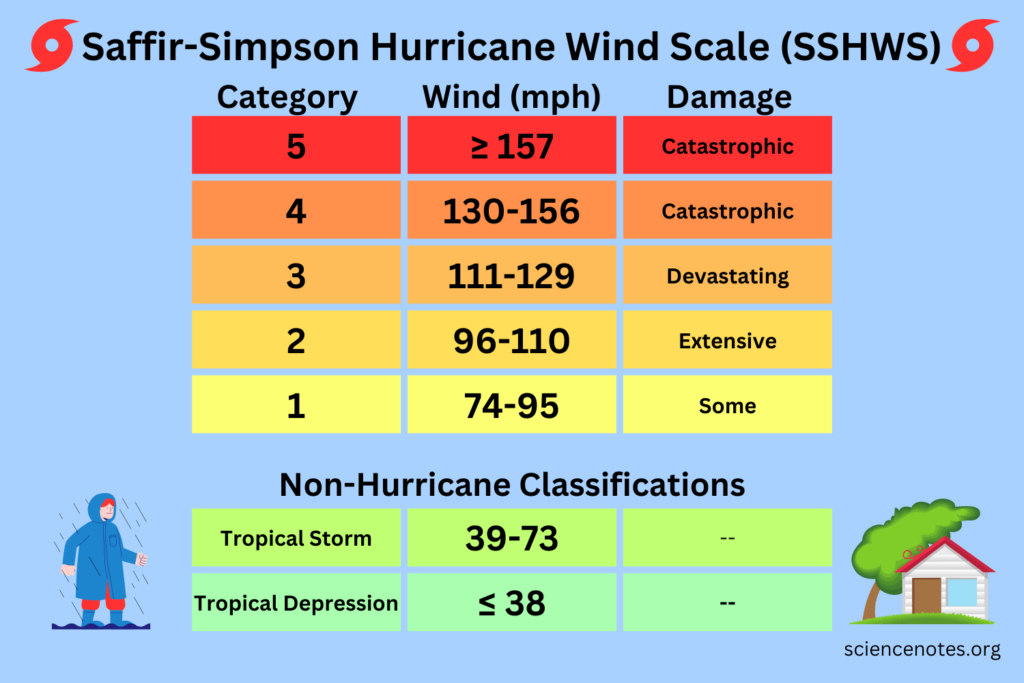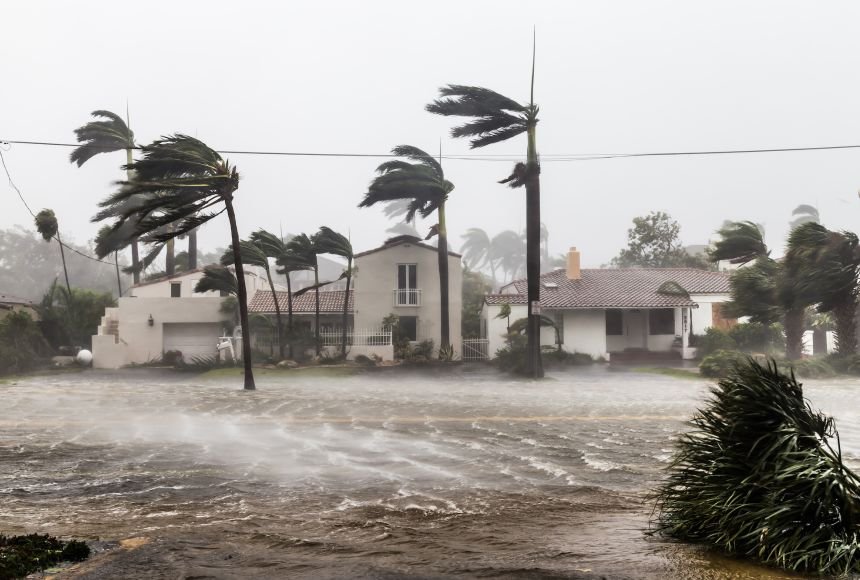The Saffir-Simpson Windscale has been used by the National Hurricane Center for over 50 years to assess the potential damage of hurricanes based on their wind speeds. It categorizes hurricanes from Category 1 (wind speeds between 74–95 mph) to Category 5 (wind speeds of 158 mph or greater).

Climate scientists Michael Wehner and James Kossin from Lawrence Berkeley National Laboratory and First Street Foundation, respectively, are questioning whether the existing category system for hurricanes adequately conveys the potential damage caused by more powerful storms resulting from rising ocean temperatures.

In a recently published article, Wehner and Kossin conducted a thorough investigation and presented their findings. They also suggest the addition of a new category, Category 6, to the Saffir-Simpson Wind Scale, specifically for storms with wind speeds exceeding 192 mph.
Wehner asserts that human-caused global warming has caused a notable rise in temperatures of the Earth’s surface oceans and the lower atmosphere in areas where hurricanes and other similar storms develop and move, thereby giving them more heat energy and allowing them to become stronger.

In a study analyzing hurricane data from 1980 to 2021, the team discovered that there were five storms that would have been considered Category 6 hurricanes. Interestingly, all of these storms occurred within the past nine years.
Researchers not only studied historical data but also used simulations to understand the effects of global warming on hurricane intensification. Their models indicate that a two-degree Celsius increase in global temperatures above pre-industrial levels would lead to a 50% higher risk of Category 6 storms near the Philippines and a doubling of risk in the Gulf of Mexico.

Southeast Asia, the Philippines, and the Gulf of Mexico are identified as the regions with the highest susceptibility to these storms.
The addition of a 6th category to the hurricane wind scale would increase awareness about the greater risks of major hurricanes caused by global warming. It would also highlight the fact that storms currently categorized as Category 5 have become more dangerous and will continue to do so due to climate change.
Reference- National Geographic, BBC, The Guardian, Lawrence Berkeley National Laboratory (Berkeley Lab), Proceedings of the National Academy of Sciences (PNAS)






